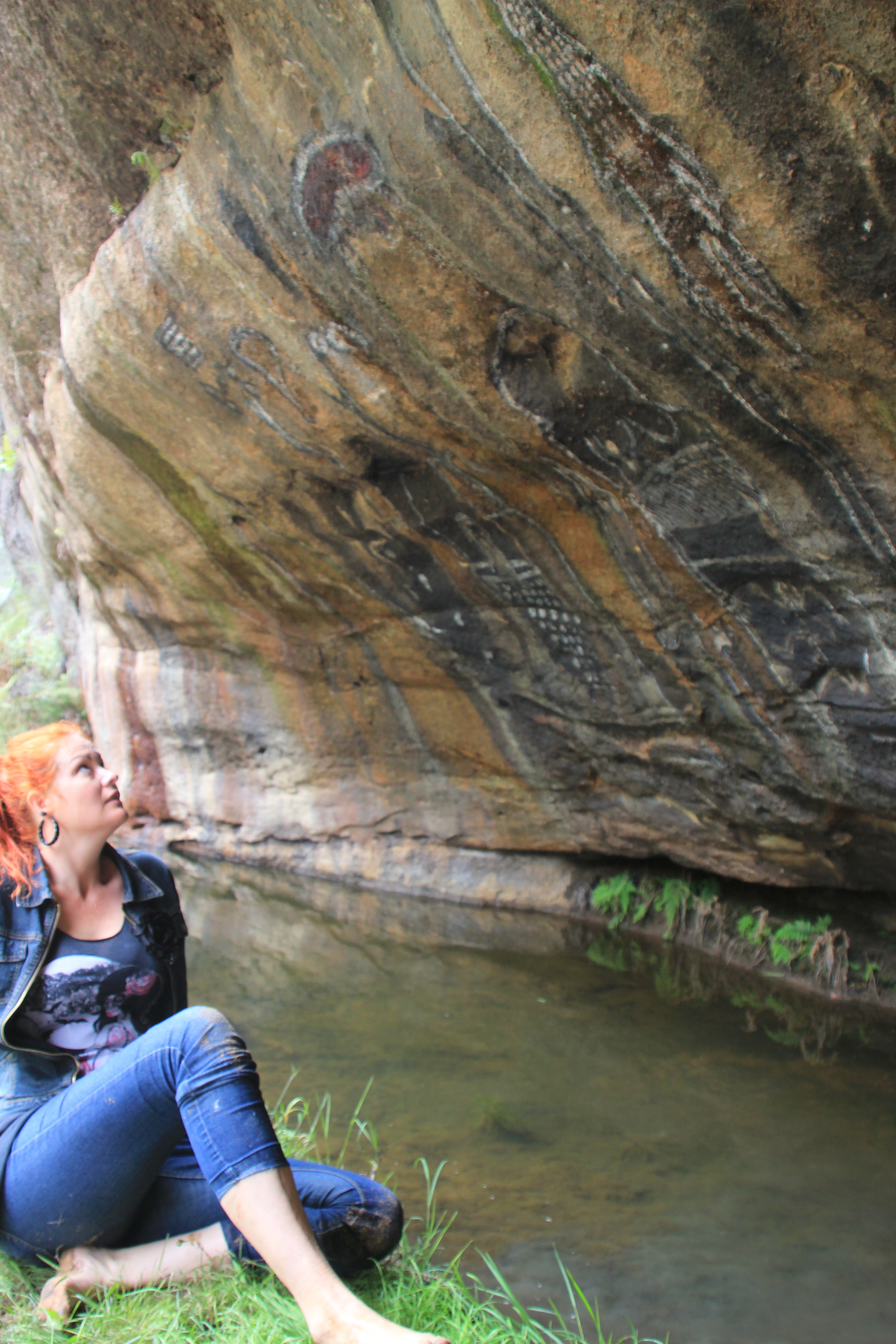Ochres have always been a part of the cultural practices of Aboriginal peoples.
A study published in the journalNature,reports ground ochres among the earliest evidence for human occupation of Australia, 65,000 years ago.
The multidisciplinary team working on these finds includes Dr Jillian Huntley, a Research Fellow at Griffith University’sPlace, Evolution and Rock Art Heritage Unit, whose research investigates thephysicochemicalproperties of the earliest pigments used by modern humans across Australasia.
Dr Huntley applies scientific techniques to reveal patterns in prehistoric ochre use.
“Unlike other archaeological materials, differences in pigments are not always obvious” she said.
“Ochres that look the same in colour and texture can be from different sources, or prepared and used in a variety of different ways.
“Understanding the chemical, mineral and morphological properties of ochre is often the only way to see differences between them.”
Dr Huntley says it was a privilege to be entrusted to work on the internationally significant ochres recovered from the recent excavations at Madjedbebe by the Mirarr Traditional Owners.
“This work (again) confirms the central place that pigments played in the rich cultural lives of Aboriginal Australians, right from initial colonisation.”
Dr Huntley is an archaeological scientist who specialises in the analysis of ochres, rock art and the cave/shelter environments that house them.Her research focuses on the themes ofearly human pigment useand rock art conservation.
Sheis a member of the Griffith Centre for Social and Cultural Research and an associate of the Australian Research Centre for Human Evolution.Her work is supported by grants from the Australian Synchrotron and Australian Nuclear Science and Technology Organisation.
